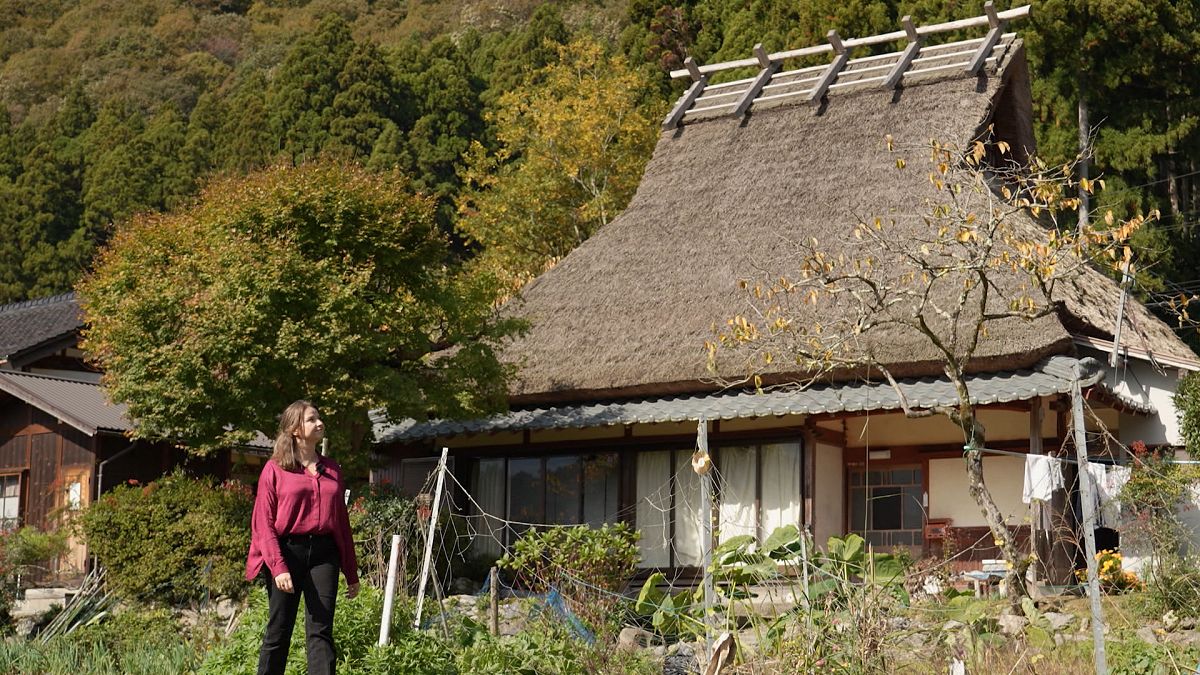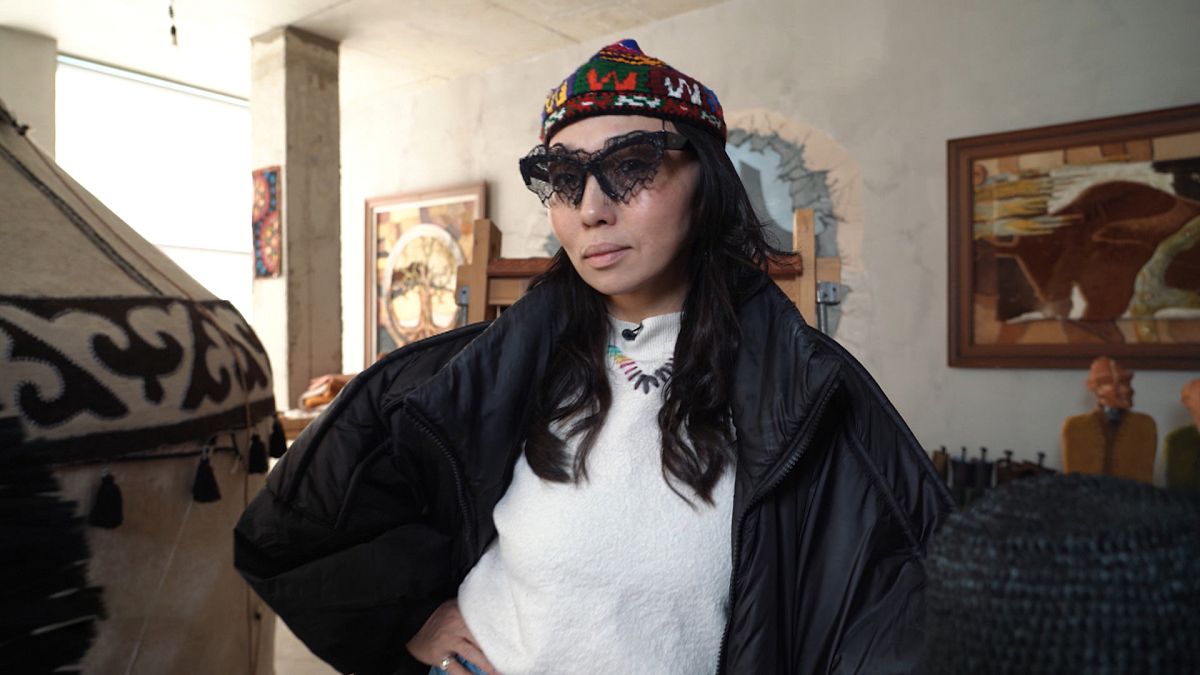Japan’s historic buildings are reviving rural areas – here’s how

Could the key to reviving Japan’s rural area lie in ancient building traditions? Euronews explores Miyama and Ōzu to find out how historic homes can help fuel sustainable tourism.
In this episode of Explore Sustainable Japan, Euronews reporter Anca Ulea dives into rural culture in Miyama and Ōzu to learn about how traditional architecture is driving tourism and economic development.
One of the hallmarks of sustainable tourism is supporting local communities through activities that respect their customs and traditions.
In Miyama, Anca meets Haruo Nishio, one of the last remaining craftsmen who knows how to build traditional Japanese thatched roofs; a 5,000-year-old skill that was recently registered as a UNESCO Intangible World Heritage.
Haruo’s 25-year-old son Toranosuke is doing his part to maintain the tradition. Anca joins him for a Kayabuki workshop to learn more about the treasured trade before spending the night in a 150-year-old thatched roof cottage the family runs as a bed and breakfast.
In Ōzu, Anca meets up with the sustainability coordinator of a massive renovation project that’s breathing new life into the city on the Hiji river.
Ōzu’s historic buildings have been transformed into luxury accommodation and shops, as a new wave of tourism gives the local economy a boost. The project earned Ōzu the top spot in the Culture and Tradition category of the Green Destinations Story Awards in 2023.
Anca reflects on her trip at a traditional Japanese tea ceremony overlooking the Hiji river.
For more on this story, watch the full episode in the player above.
Source: Euro News















